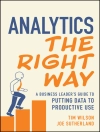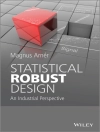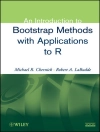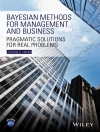The aim of this book is to bridge the gap between standard textbook models and a range of models where the dynamic structure of the data manifests itself fully. The common denominator of such models is stochastic processes. The authors show how counting processes, martingales, and stochastic integrals fit very nicely with censored data. Beginning with standard analyses such as Kaplan-Meier plots and Cox regression, the presentation progresses to the additive hazard model and recurrent event data. Stochastic processes are also used as natural models for individual frailty; they allow sensible interpretations of a number of surprising artifacts seen in population data.
The stochastic process framework is naturally connected to causality. The authors show how dynamic path analyses can incorporate many modern causality ideas in a framework that takes the time aspect seriously.
To make the material accessible to the reader, a large number of practical examples, mainly frommedicine, are developed in detail. Stochastic processes are introduced in an intuitive and non-technical manner. The book is aimed at investigators who use event history methods and want a better understanding of the statistical concepts. It is suitable as a textbook for graduate courses in statistics and biostatistics.
Innehållsförteckning
An introduction to survival and event history analysis.- Stochastic processes in event history analysis.- Nonparametric analysis of survival and event history data.- Regression models.- Parametric counting process models.- Unobserved heterogeneity: The odd effects of frailty.- Multivariate frailty models.- Marginal and dynamic models for recurrent events and clustered survival data.- Causality.- First passage time models: Understanding the shape of the hazard rate.- Diffusion and L#x00E9;vy process models for dynamic frailty.












